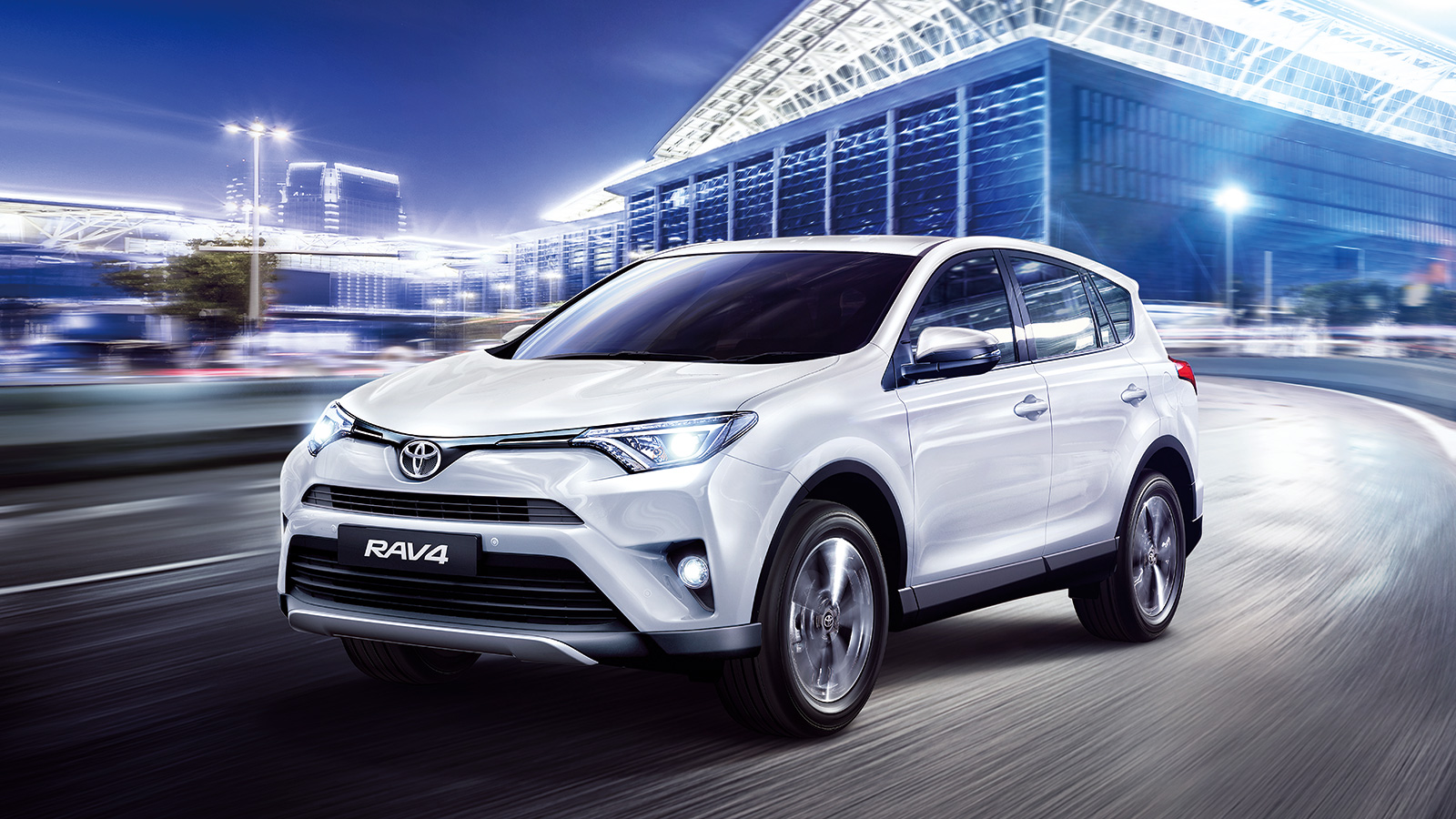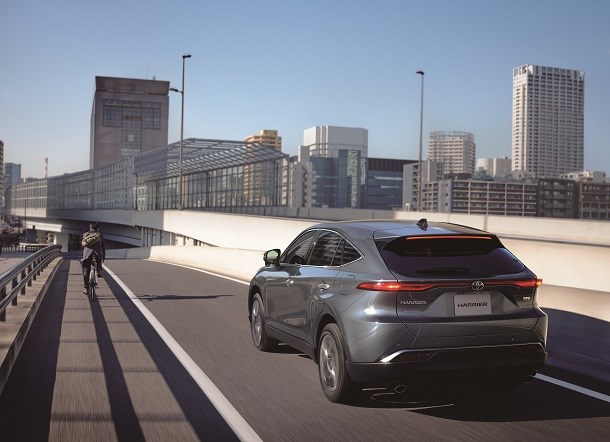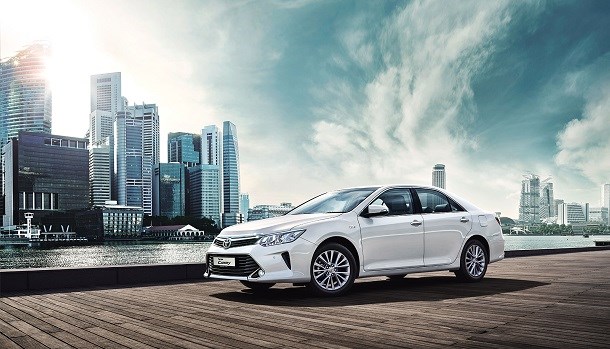Electric cars & Hybrid cars in Singapore - All you need to know
Electrification is the way to go for the future of motoring, and here’s all you need to know about the different kinds of electric vehicles in Singapore
The Singapore government and the Land Transport Authority (LTA) has announced plans to phase out the sale of internal combustion engine vehicles by 2040 in favour of full adoption of electric vehicles, in an effort to combat climate change.
With all the buzz about electric vehicles and the sheer variety of choices out there, from hybrids to battery electric vehicles (BEVs), it can befuddle the average consumer to what really gives you the best bang for your buck when looking to switch to electrification.
But before you can even get into which vehicle to choose, it’s imperative to understand how they work.
Firstly, all hybrids and EVs have an electric motor that draws power from the batteries located in the car, to fuel the vehicle. The power it puts out varies depending on which type of vehicle it is. The batteries are charged through regenerative braking technology — a process where energy lost in the braking process (or while cruising at certain speeds) is captured and redirected to the battery to charge it.
An EV can get you near instant acceleration off the line, as the power goes straight from the motor to the wheels without going through a traditional transmission. Apart from being able to drive faster, it also tends to be quieter than regular petrol-powered car as the electric motors makes less noise than regular internal combustion engine.
Broadly speaking, there are three types of electric vehicles:
- Hybrid Electric Vehicle (HEV)
- Plug-in Hybrid Electric Vehicle (PHEV)
- Battery Electric Vehicle (BEV)
Hybrid Electric Vehicle (HEV)
Hybrid cars feature both an internal combustion engine (ICE) and an electric motor, that work together to help drive the car and boost efficiency.
When the car is accelerating, it is powered automatically by the electric motor, which helps to reduce fuel consumption. But under heavy load situations or where more acceleration is needed, the system will fire up the ICE to share the work in driving the car along.
In highly dense traffic situations where plenty of stopping and starting are involved, under Toyota hybrid system, the car preferentially drives using the electric stored in the battery instead of the engine, thereby maximizing the benefits of driving the car’s available free energy, while delivering minimal fuel consumption.
In effect, a hybrid offers the best of both worlds with both electric drive and ICE power combining seamlessly and constantly switching between them to offer the best solution for the relevant driving situation. This means that you can get exceptional driving range, up to 1,000km in some instances, or the equivalent of driving from Changi to Tuas around 20 times till the next refuel.
Within the world of hybrids, there’s also a subgroup called mild hybrids. These are cars where the electric motor is only able to work in collaboration with the ICE drivetrain – as opposed to regular hybrids where the electric motor can work independently.
And because the electric motor in a mild hybrid system cannot work independently, it makes for a smaller and lighter battery, which generally means a lower power output. In most cases, the system in mild hybrids tends to be used only to power various functions in the car (like the air conditioning or start-stop system), or mildly assist with some acceleration. Thus, they would not be as fuel efficient compared to a full hybrid car.
Plug-in Hybrid Electric Vehicle (PHEV)
Plug-in hybrids can be plugged into an external charger to charge its battery in addition to regenerative braking tech. And because its battery is larger than a regular hybrid’s, a PHEV can drive longer and farther using purely electric power.
An average PHEV is able to cover between 40 to 60km on electric power alone, which is enough to take you from Changi to Tuas, for example, a distance of around 45km.
In general, a PHEV is optimised to utilise mostly electric power to drive the car and maximise fuel efficiency, with the ICE kicking in to power the car when the battery is low. Like it would in a hybrid, there is also the option of utilising both the electric motor and ICE to power the car to deliver maximum output if desired.
For maximum efficiency, a PHEV still needs to be plugged in and charged regularly to top up its battery, which might prove to be inconvenient for drivers who do not have easy access to a charger.
Battery Electric Vehicle (BEV)
BEVs get their drive from electric motors, and electricity is stored in the battery which provides the power to the motor – or motors, depending on the model.
As BEVs do not have an ICE, they do not need to be filled with petrol at all. Their batteries are also larger than the ones in hybrids and PHEVs, and thus can offer a longer driving range with zero tailpipe emissions. An EV with a range of 300km, for instance, will be able to complete approximately six to seven trips from Changi to Tuas if one is gentle with the accelerator.
When the battery runs low, all you have to do is plug it in to a charger. Charging time varies, and most manufacturers recommend charging EVs until around 80 percent for battery preservation purposes, which would take anywhere from half to several hours depending on whether you’re using DC or regular AC charging.
Which one should I choose?
While the LTA is accelerating their efforts to get charging stations accessible islandwide, the infrastructure still isn’t quite fully ready yet in Singapore. With EV ownership growing rapidly, it’s natural that hybrids are the yellow brick road to the electric Emerald City.
Although the government aims to have 60,000 charging stations islandwide by 2030, it is not set for full BEV adoption by Singaporeans. Despite this, drivers looking to make their motoring experience a cleaner and greener one, have the option of hybrid cars that give drivers the freedom to enjoy EV technology without fully giving up the power of combustion engines either.
For those exploring electric cars in Singapore, it’s important to evaluate your daily commute needs, charging accessibility, and long-term fuel savings before deciding between a hybrid or fully electric vehicle.
Toyota hybrids: follow the yellow brick road
While there are various hybrid models available across various brands in Singapore, Toyota takes pole position here for the brand with the widest range of hybrid models. And the brand has had a storied history with hybrids, having sold 15 million of them over nearly 30 years of development.
From the evergreen Prius+, to the rugged RAV4, and the elegant Camry, as well as the luxurious Harrier and Alphard, there’s no shortage of full hybrid choices with Toyota.
Despite the market for EVs steadily growing, the infrastructure to support it has yet to catch up. Until then, if you’re in the market for a car that not only saves you money on fuel and also puts out lower emissions, a hybrid car is the choice for you.









































 Book a Test Drive for Hybrid Cars
Book a Test Drive for Hybrid Cars
